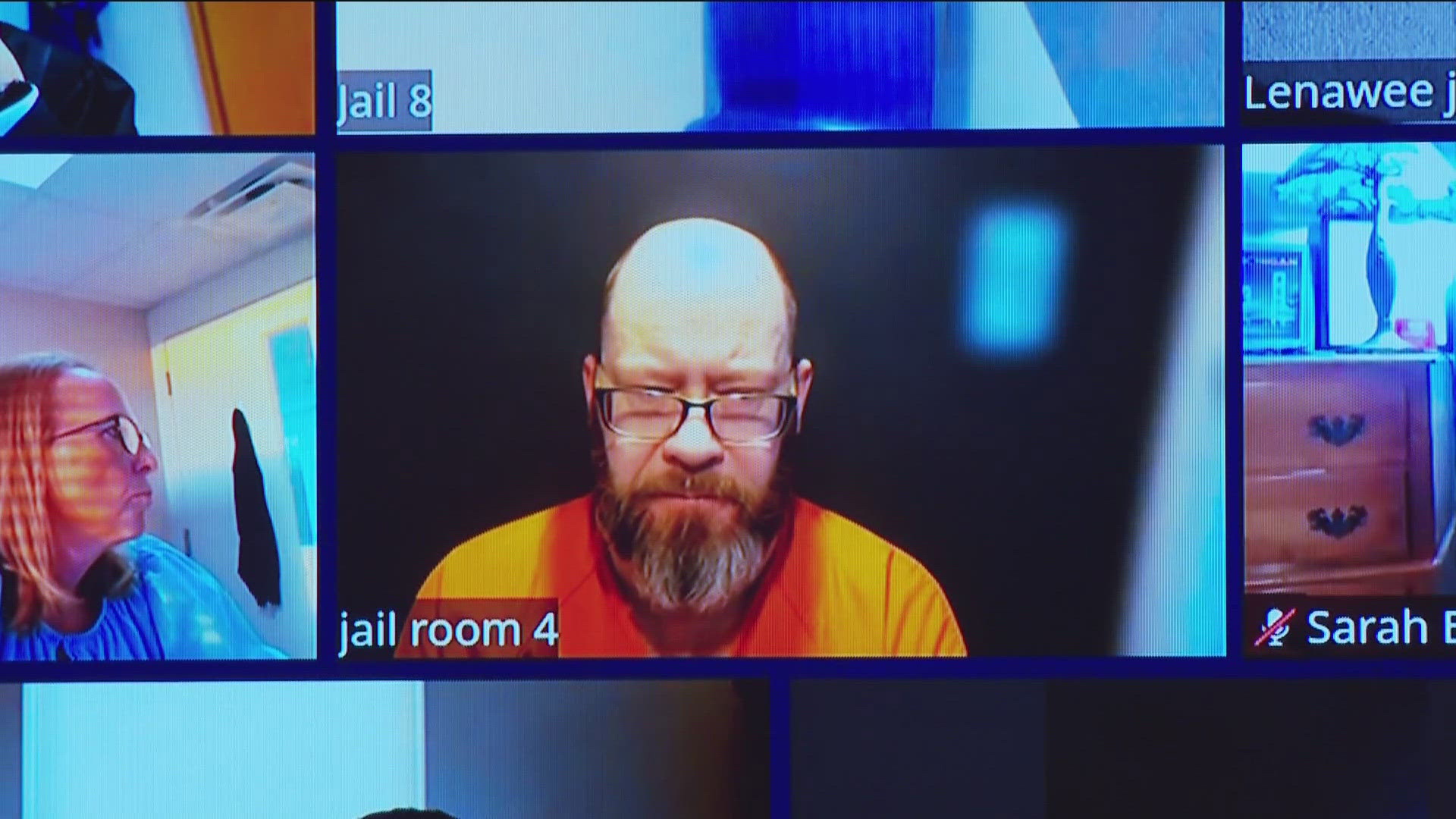BACKGROUND: Even with successful techniques such as angioplasty and stenting, there still remains one obstacle for Interventional Cardiologists -- chronic total occlusions. A chronic total occlusion is an artery in the body that is completely blocked, which means there is no blood flow going through it at all. About 300,000 patients each year will have a total blockage in an artery. These blocked arteries often close over a slow period of time. About 15 percent of patients who undergo heart catheterization will have a chronic total blockage in their arteries. Many times, having a total blockage is an incentive for bypass surgery.
STANDARD TREATMENT: Many chronic total occlusions in the past were not treated at all. Cardiologists attempted to use guide wires to get through the blockages, but these were not always successful. Roger Gammon, M.D., from the Heart Hospital of Austin in Austin, TX, says, "After years of finding out that [getting through blockages] wasn't possible, physicians just basically developed a more conservative attitude and left it [the blockage] alone, which left many patients with angina or going on to bypass surgery."
A NEW APPROACH: A new guide wire that uses radio frequency energy to burn through blockages is showing success for patients. The Safe-Cross device uses a lighted guidance system to help doctors see exactly what is happening, which reduces the chances of cutting an artery wall. Dr. Baim says, "A traditional wire can't make it through, but a radio frequency wire can actually burn a channel through that tissue ... Based on the reflection that it receives, it can tell whether it's up against a wall or whether it's in a good area of the artery. If it's in a good place, you can deliver that energy and continue forward. If it's up against a wall, it will tell you that. The operator can tell it, and it knows to redirect the wire. But it's also a tremendous safety feature. The system itself can tell when it's up against the wall and will shut itself down and won't allow you to deliver that radio frequency energy." Once the wire makes its way through the blockage, doctors insert a stent to keep the artery open.
SAFE-CROSS SUCCESS: Old wires could be as low as 30-percent effective at getting through total blockages, but studies show the Safe-Cross technology is about 80-percent successful. Dr. Gammon says, "It's very exciting for us because it's one of the last frontiers. The last real barrier for us became the chronic total occlusions, and that's where stents initially couldn't help us at all because you have to get across the artery and get it opened up before you can deliver a stent. We couldn't break through, literally. Now that we have a wire like this that can get us through, it gives us the opportunity to use those stents. And there are very few patients that can't be treated now."
FOR MORE INFORMATION:
Sharifrazi IntraLuminal, Inc.
6354 Corte Del Abeto Suite A
Carlsbad, CA 92009
(800) 513-4458 ext. 118
http://www.intraluminal.com
Sharifrazi IntraLuminal, Inc.
6354 Corte Del Abeto Suite A
Carlsbad, CA 92009
(800) 513-4458 ext. 118
http://www.intraluminal.com

